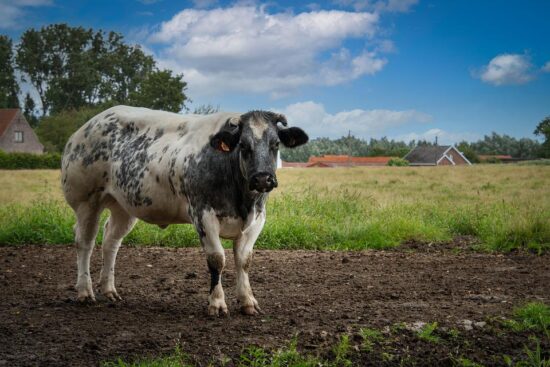The Comparative Risk of Antimicrobial Resistance Transfer from Pig, Poultry and Bovine Manure to Grassland
Antimicrobial resistance (AMR) is a multifactorial issue involving an intertwining relationship between animals, humans and the environment. Therefore, it is critical to fully understand all potential routes of AMR transmission. Manure landspreading introduces bacteria, antibiotic resistance genes (ARGs) and mobile genetic elements (MGEs) into the environment as well as altering the indigenous resistome and microbiome. Grassland consists of ~70% of global agricultural land and is a vital source of food for livestock. The phyllosphere of plants is an under-researched area regarding the impact of agricultural management practices. Therefore, the grass phyllosphere is a possible source of AMR transmission to livestock, which may enter the food chain.
AMR NEWS
Your Biweekly Source for Global AMR Insights!
Stay informed with the essential newsletter that brings together all the latest One Health news on antimicrobial resistance. Delivered straight to your inbox every two weeks, AMR NEWS provides a curated selection of international insights, key publications, and the latest updates in the fight against AMR.
Don’t miss out on staying ahead in the global AMR movement—subscribe now!







